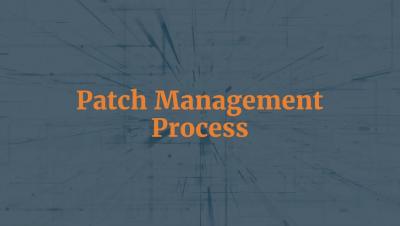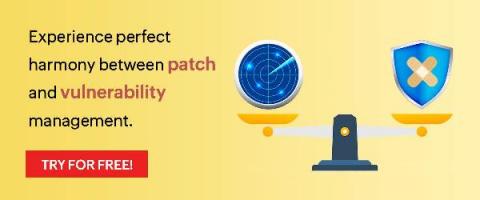Tripwire & FoxGuard: Patching for compliance and security
There’s a saying in the cybersecurity community which states that just because you are compliant doesn’t mean that you are secure. Over the years, many images have been used to illustrate the point. One memorable image is that of a nude bicyclist wearing a helmet. By all standards, that is the epitome of “compliant, but not secure”. Many organizations have shifted the focus away from merely achieving compliance, to being both compliant and secure.








